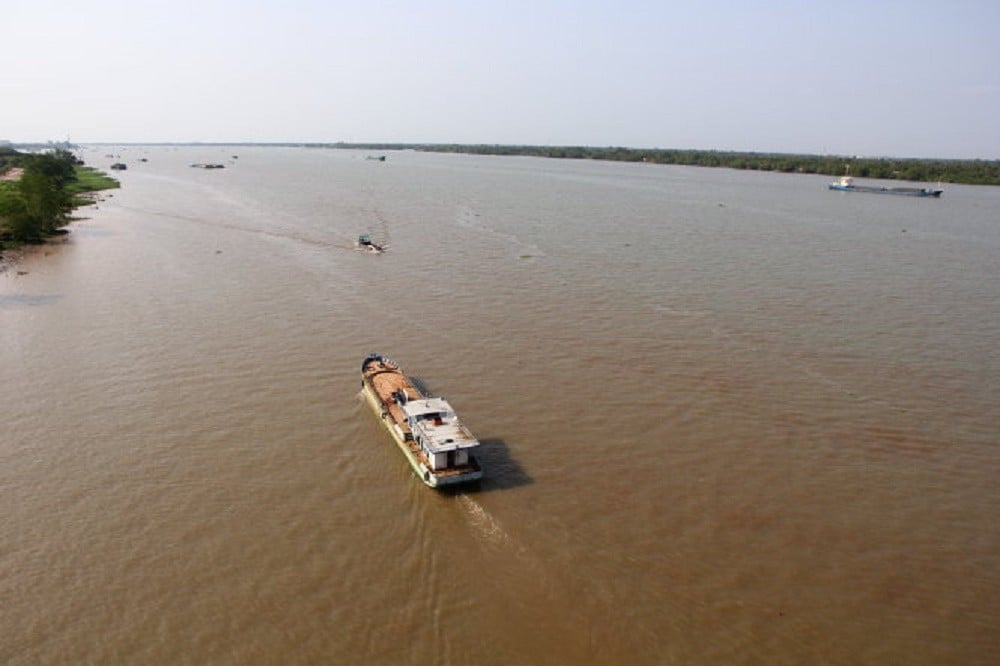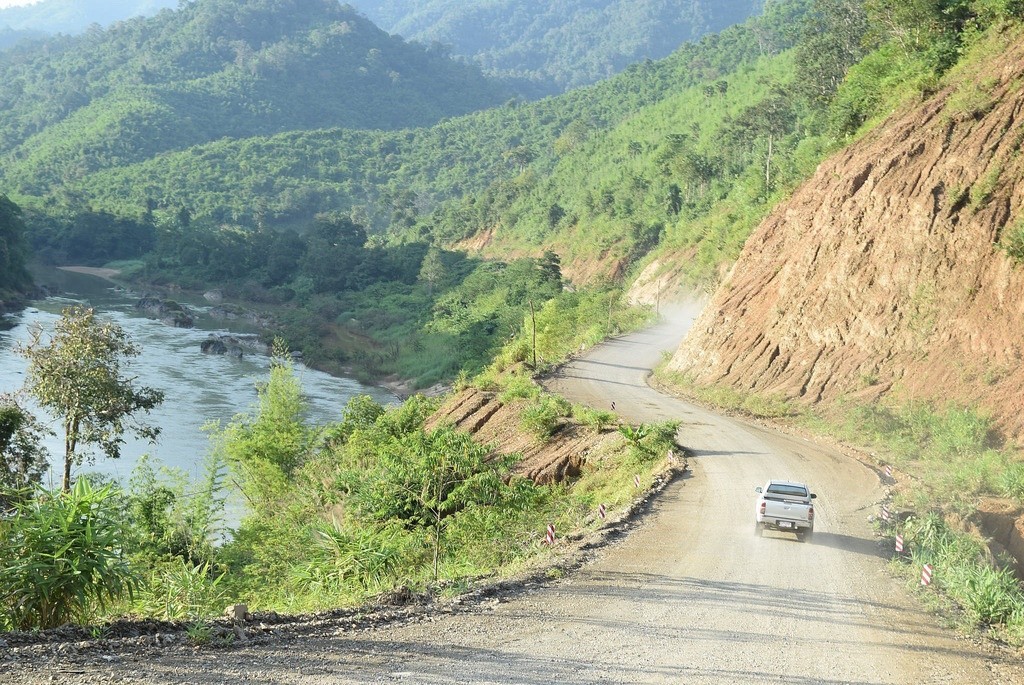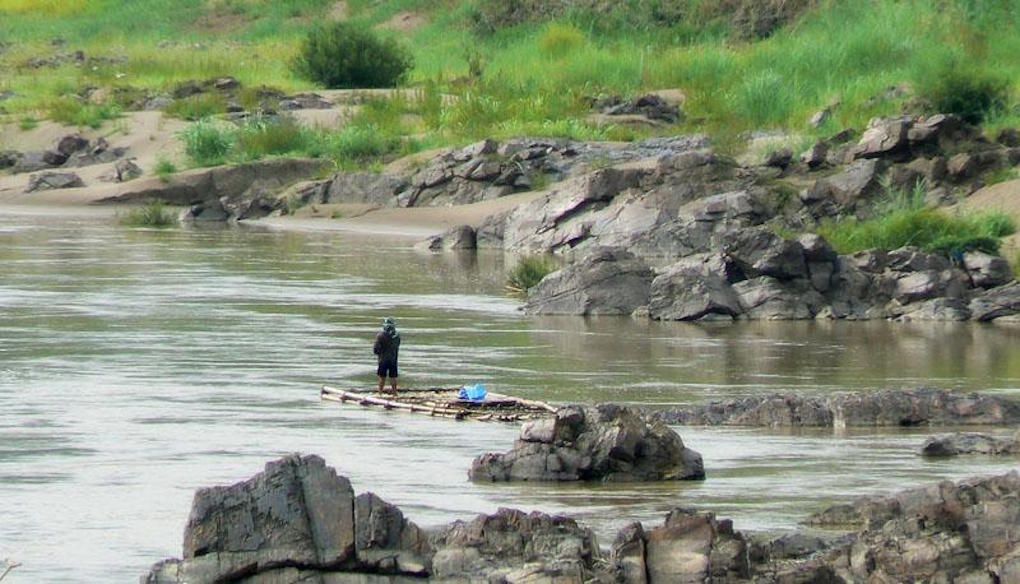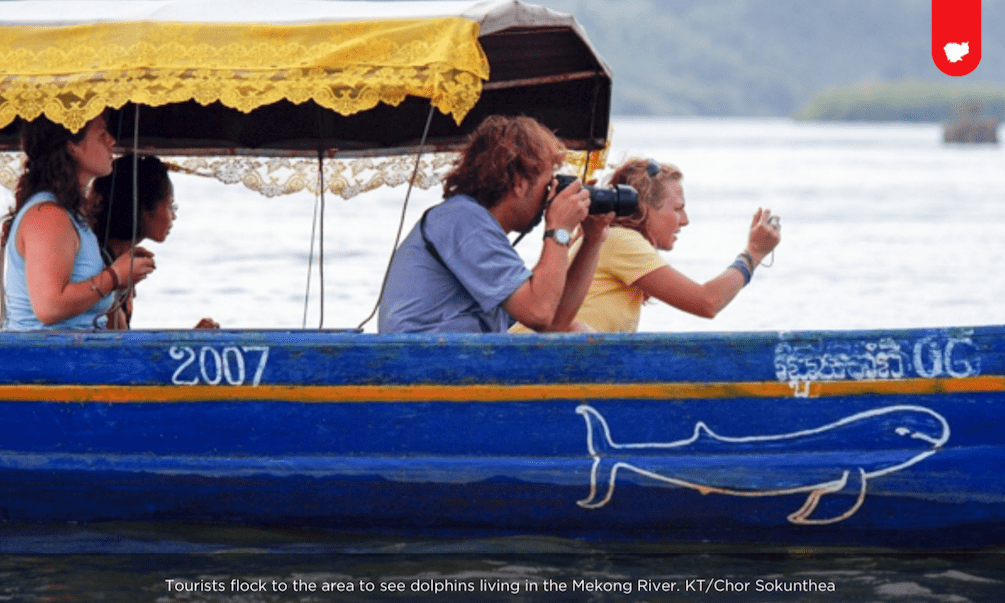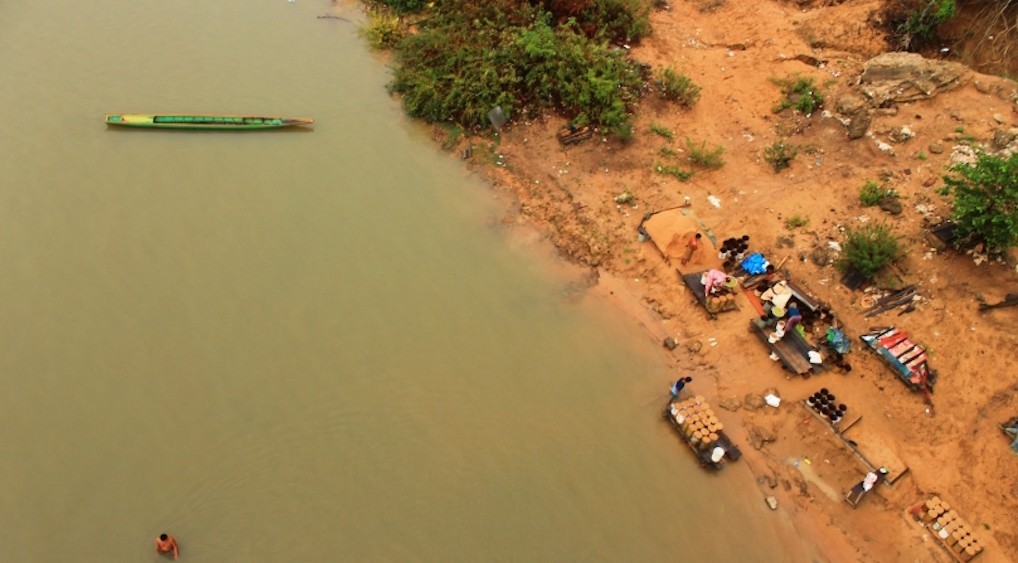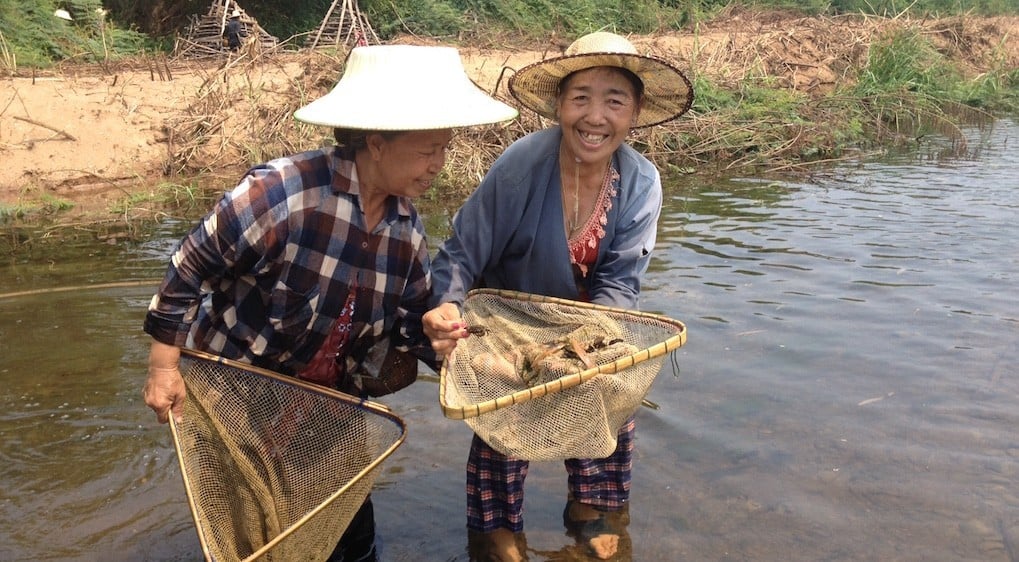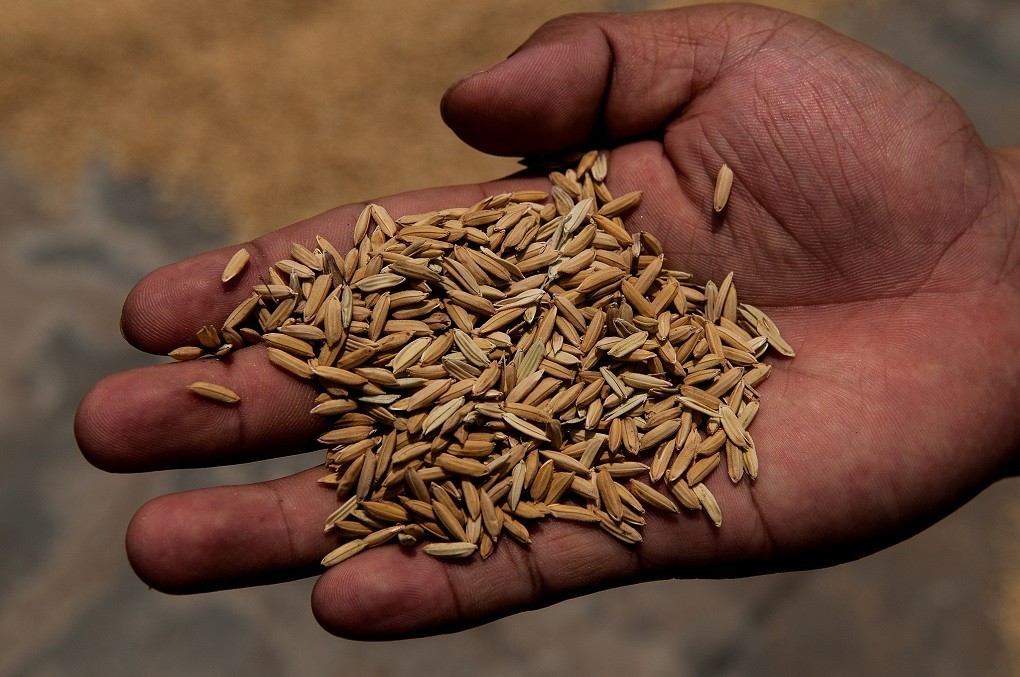Much as the banks of a river play a crucial role in its ecosystem and purity, what runs along two of the Mekong Delta’s major waterways is a series of non-environmentally friendly industrial plants and factories.
Dubbed the country’s rice basket, the Mekong Delta is the region in southwestern Vietnam where the Mekong River approaches and empties into the sea via a vast network of distributaries.
Of those distributaries, the main branches of the Mekong River in Vietnam are the Hau and Tien rivers, which both play a crucial role in the region’s land and climate conditions.
However, along the banks of these two rivers now exist a number of factories, processing plants and industrial parks.


